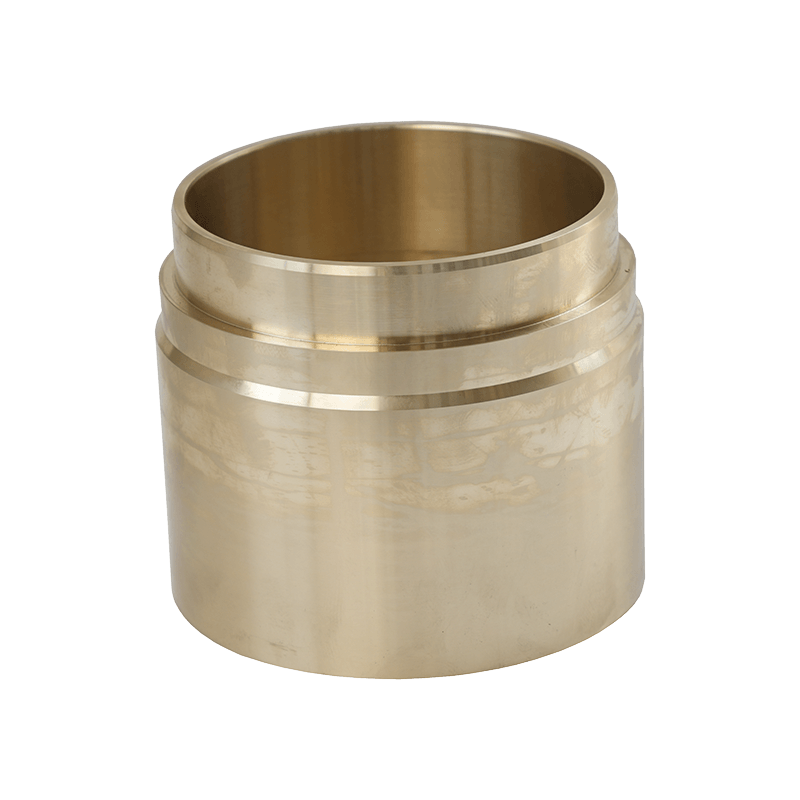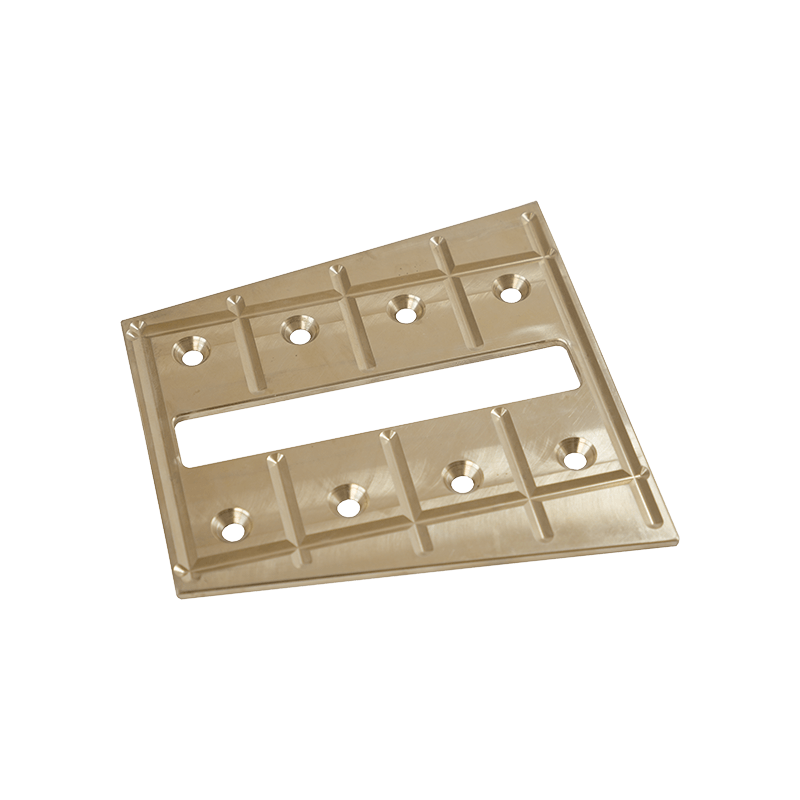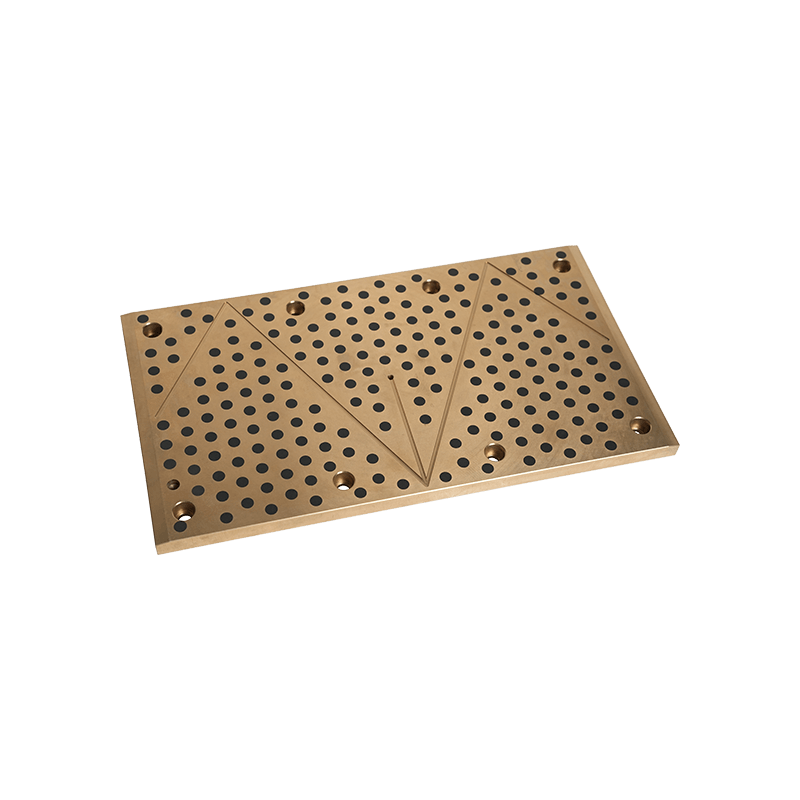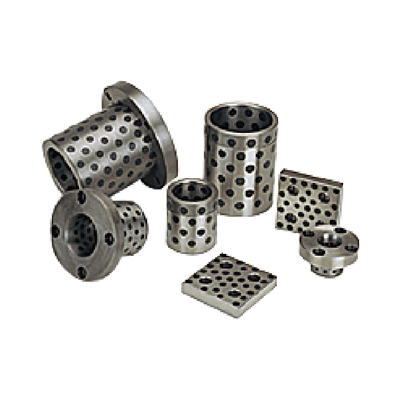The corrosion behavior of Composite Metal Series in humidity and moisture environments is significantly affected by temperature. Changes in temperature can change the kinetics of corrosion reactions, affect the chemical properties of the corrosion medium, and change the physical properties of materials. The following is a detailed analysis of the corrosion behavior of composite metal materials at different temperatures:
At low temperatures, chemical reaction rates generally decrease, which can lead to slower corrosion rates. At near-freezing temperatures, moisture may form ice, which may physically protect material surfaces and reduce corrosion. However, the process of ice formation and melting can cause stress on the material surface, which can trigger stress corrosion cracking. In low temperature environments, condensation may form on equipment and structural surfaces, which provides a humid environment for corrosion.
Moderate temperatures often accelerate corrosion reactions because chemical reaction rates increase with temperature. Microbial activity is more active in warm, humid environments, which may promote microbial-induced corrosion. Moderate temperatures may increase the material's hygroscopicity, thereby accelerating the corrosion process.
High temperatures often significantly increase corrosion rates because high temperatures can accelerate chemical reactions and diffusion processes. At high temperatures, metals may be more susceptible to oxidative corrosion, forming metal oxides. High temperatures can cause thermal stresses within the material, which can interact with the corrosion process to cause stress corrosion cracking. At high temperatures, moisture may evaporate rapidly, but in some cases condensation can form on surfaces as hot equipment cools, which may promote localized corrosion.
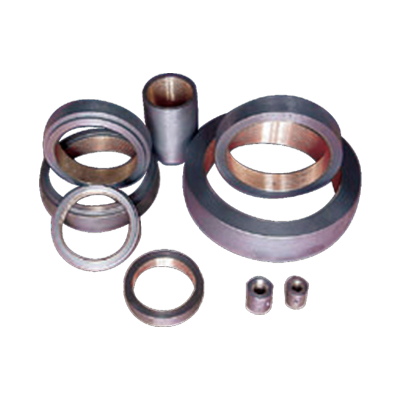
Extreme temperature changes can lead to thermal shock, which can cause stress on and within the material, increasing the risk of corrosion. Extreme temperatures may affect the microstructure and properties of materials, such as grain growth, phase changes, etc. These changes may affect corrosion behavior. Under extreme temperatures, the chemical properties of the corrosion medium may change, such as pH value, dissolved oxygen content, etc., and these changes may affect the corrosion process.
Temperature cycling may lead to thermal cycling stresses, which interact with the corrosion process and may accelerate corrosion, especially in the presence of corrosive media. Thermal stresses caused by temperature changes may combine with mechanical stresses to cause corrosion fatigue.
Temperature has an important influence on the corrosion behavior of composite metal materials in humidity and moisture environments. Understanding these effects can help design more corrosion-resistant material systems, select appropriate protective measures, and optimize the application of materials in specific environments. By controlling environmental conditions, selecting the right combination of materials, and applying appropriate surface treatments and coatings, the corrosion resistance of composite metal materials in humidity and moisture environments can be significantly improved.

 English
English Deutsch
Deutsch Español
Español русский
русский

 +0086-513-88690066
+0086-513-88690066